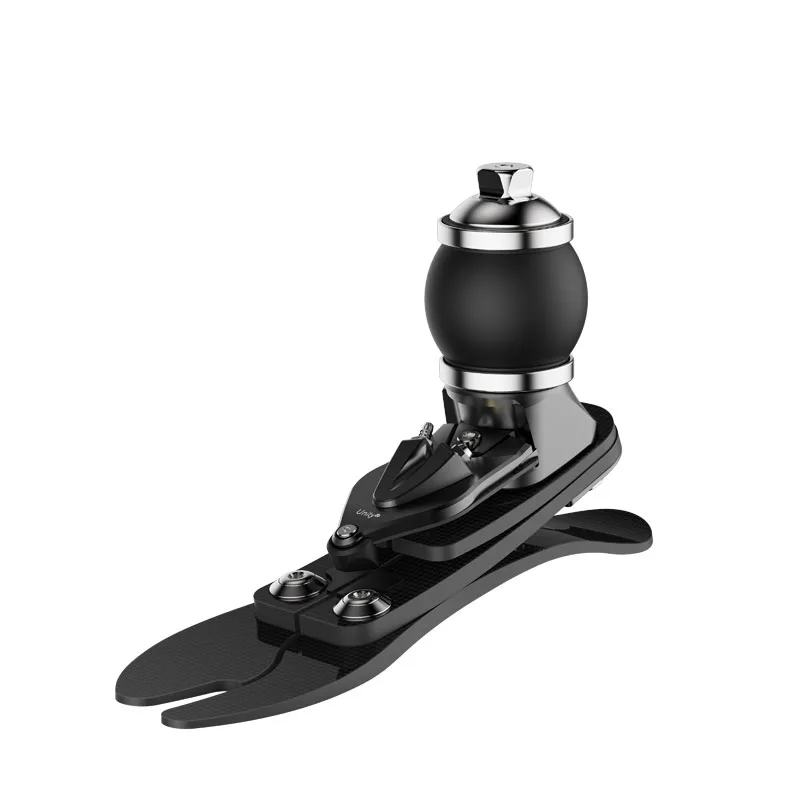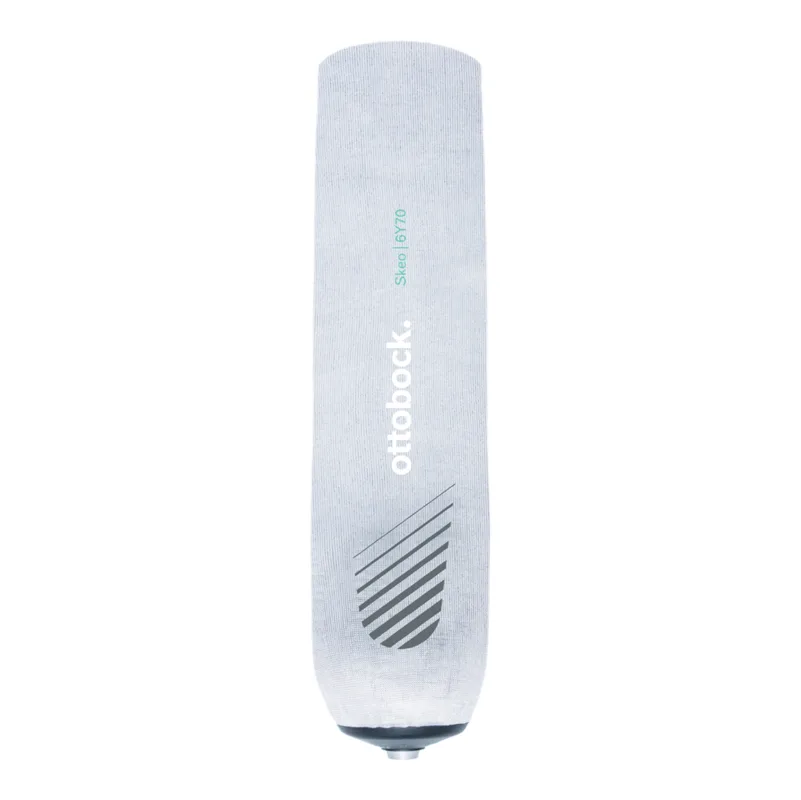
Lower Limb Prosthetics
Information
LOWER LIMB PROSTHETICS
Lower limb prosthetics are artificial limbs designed to replace the function of missing lower extremities, including feet, ankles, legs, and hips. These prosthetics are custom-made to match the unique needs and abilities of each individual patient.
One of the key benefits of lower limb prosthetics is the ability to restore mobility and independence. By providing support and stability, individuals with lower limb amputations can continue to engage in daily activities such as walking, running, and even playing sports.
Lower limb prosthetics can also help to prevent complications that may arise from amputations, such as joint pain, muscle weakness, and skin irritation. They are designed to fit securely and comfortably, reducing the risk of discomfort and injury.
In recent years, advances in technology have led to the development of more advanced lower limb prosthetics, including those with microprocessor-controlled knees and ankles. These prosthetics can provide greater stability and control, improving mobility and reducing the risk of falls.
It is important to note that the process of getting a lower limb prosthesis can take time and require patience. It involves a thorough evaluation of the individual’s needs and abilities, as well as training and rehabilitation to ensure proper use and care of the prosthesis.
Overall, lower limb prosthetics can be a life-changing solution for individuals with lower limb amputations. If you are considering a lower limb prosthesis, consult with a qualified healthcare provider or prosthetist to discuss the options available to you and determine the best course of action for your unique situation.

























